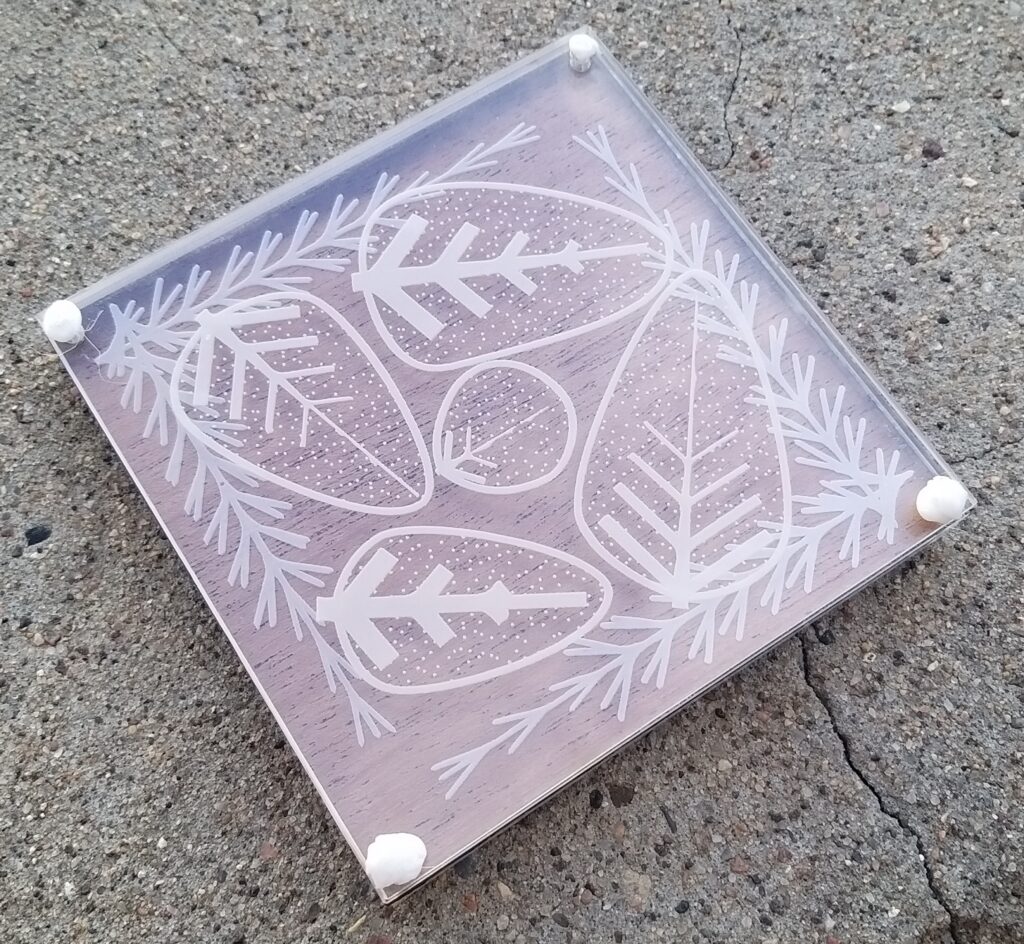

Reference Images
…I ate my samples, alas. So here are some stock photos!
Rosemary
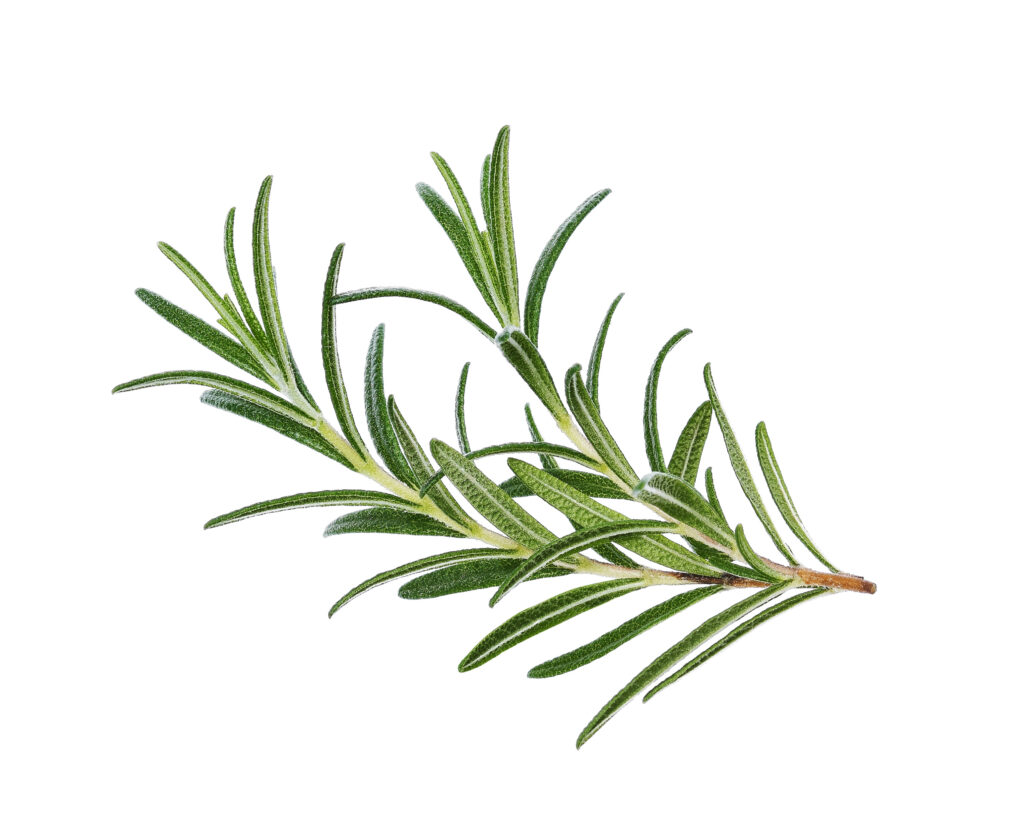
Basil
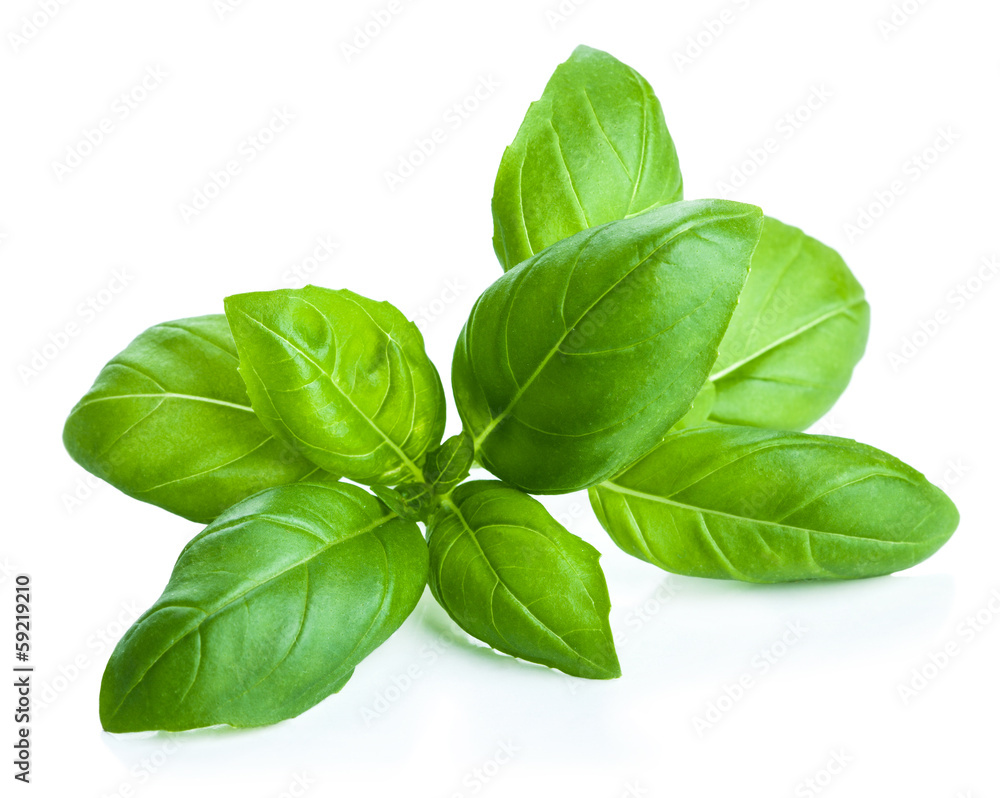
Tomatoes
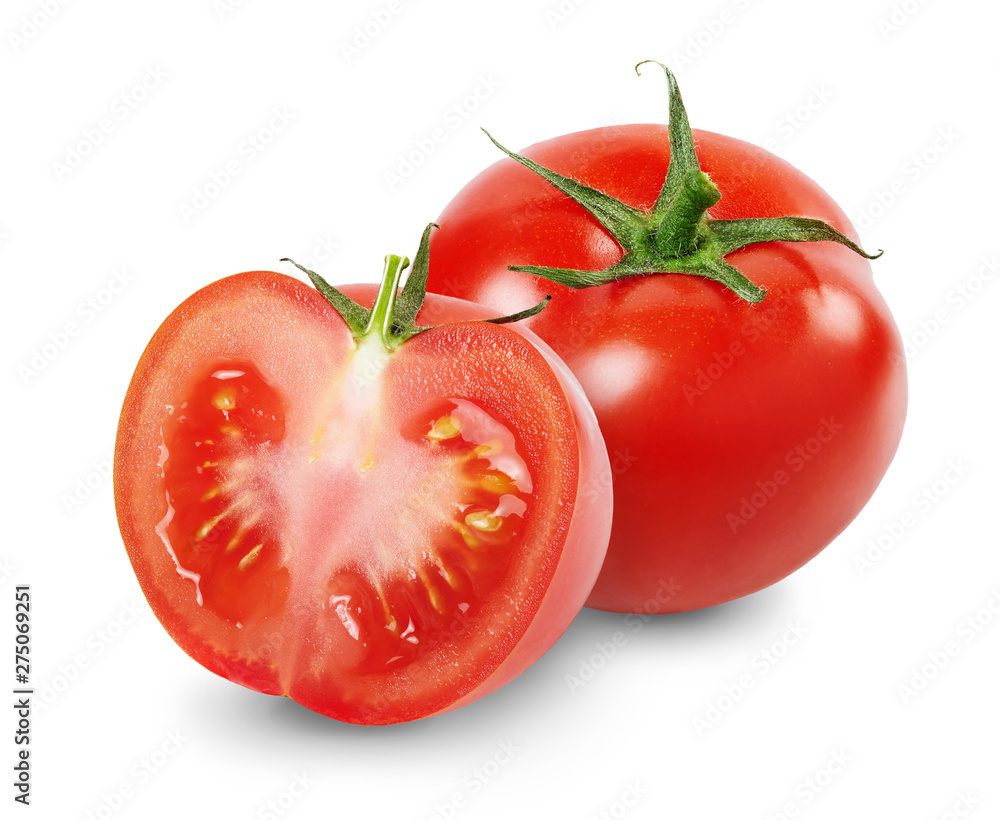
Process: Development
I came up with the idea of this project while grocery shopping. The summer season is slowly waning and I often think about light meals to help me deal with the weather. I like to eat cherry tomatoes like they’re candy, and combining them with fresh basil and tiny bits of mozzarellas, olive oil, and balsamic vinegar is a simple addition to some rotini pasta for a nice meal.
I knew going into this class that understanding the underlying math was going to be the millstone around my neck. I am very much a learn-it-by-application kind of person, so getting that information down into a library that I can keep re-using was a necessity. Digging into additional types of curves and L-Systems and putting them into classes turned out to be a smart decision, as in the process, I found several patterns that proved useful, like the C-Curve I used for the tomatoes. For the rosemary, I added a “jitter” to the output that mildly tweaks the angle or length during the drawing process, and I’m happy with how that turned out. I love random generators for all sorts of things, so adding that to my process is very satisfying
I’m still struggling with how to create shapes in Processing, and then combining it with the Turtle library so that it can recognize the shapes for re-use. I didn’t find a satisfying way to do it, and my attempts felt too stiff for what I was aiming for. I ended up finishing the external shapes in Illustrator for the basil and tomatoes. Of all the systems that I did, the basil is my least favorite, but I did figure out a way to decrement the branch sizes using strokeWeight() with it, which has uses elsewhere.
Generated Files
Rosemary
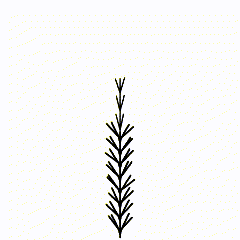
Basil
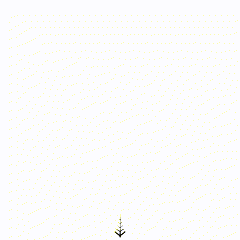
Tomatoes
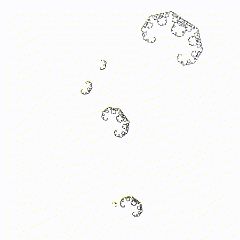
Production File

Process: Fabrication
I decided to make a layered coaster out of scrap vinyl and wood. I have been playing around with using translucency and light in my art pieces, so separating out the three plants to form the layers was the first step. Generating the plants into individual images, then turning them into vector images so I can arrange them in Adobe Illustrator is a very familiar process for me, and once I got them arranged, I used an Epilog laser cuter and engraver to fabricate the acrylic pieces.
I had originally intended to use 1/8″ wooden dowel rods to secure the pieces together, but I had misjudged the size of my scrap acrylic (it was wider at one end than the other). I scaled down the shapes accordingly, but I should not have scaled down my dowel holes. (D’oh.) I didn’t have any metal tubes, rods, or other material handy that fit, but PLA filament can be used for a lot of things. I snipped off a piece of filament and melted one end, then snipped the other end and melted it. It’s a technique that I learned in small metals that has come in very useful across various mediums.
If I were to do this again, I think it would be fun to have a panel made out of wood that has cut-outs for shapes, and then cut those shapes out of acrylic for more fun with translucency and layers. Oh, and fix some of my shapes so that it makes me happy.
Hi Liz, your approach to this project was very unique and amazing. It’s very cool how you implemented a tomato structure into L-systems. I am excited to see more projects that you make in the future!
Thank you! Yeah, the tomato was the one that I was most excited by. The C-Curve that I used relies on more geometric angles, but I want to see if changing those into loops would make for a more interesting and looser shape.
Hello Liz, I never would have even considered using the L-system to model the inside of a fruit or vegetable if it weren’t for you. I’m now curious if it would be possible to do something like a peach pit or something like a lime wedge (capturing the pattern of the fruit itself more than the seeds). Also I love that you animated your post and now wish I knew how to for this project as well.
I think you could. The singular branch point of a wedge dividing into nodules, with some of them shorter than others, could certainly be modeled that way.
Hi Liz, your generated photos came out really great! I didn’t even think to create GIFs, that was something I didn’t think to show but would’ve been cool to see for mine. Your fabrication came out beautiful, I love the way you created your coaster from scrap vinyl and wood!
Thank you! If there is anything that I am confident about in this class, it is my fabrication skills. 😀
I’ll probably post something about how to create animated GIFs, since so many folks were interested in it!